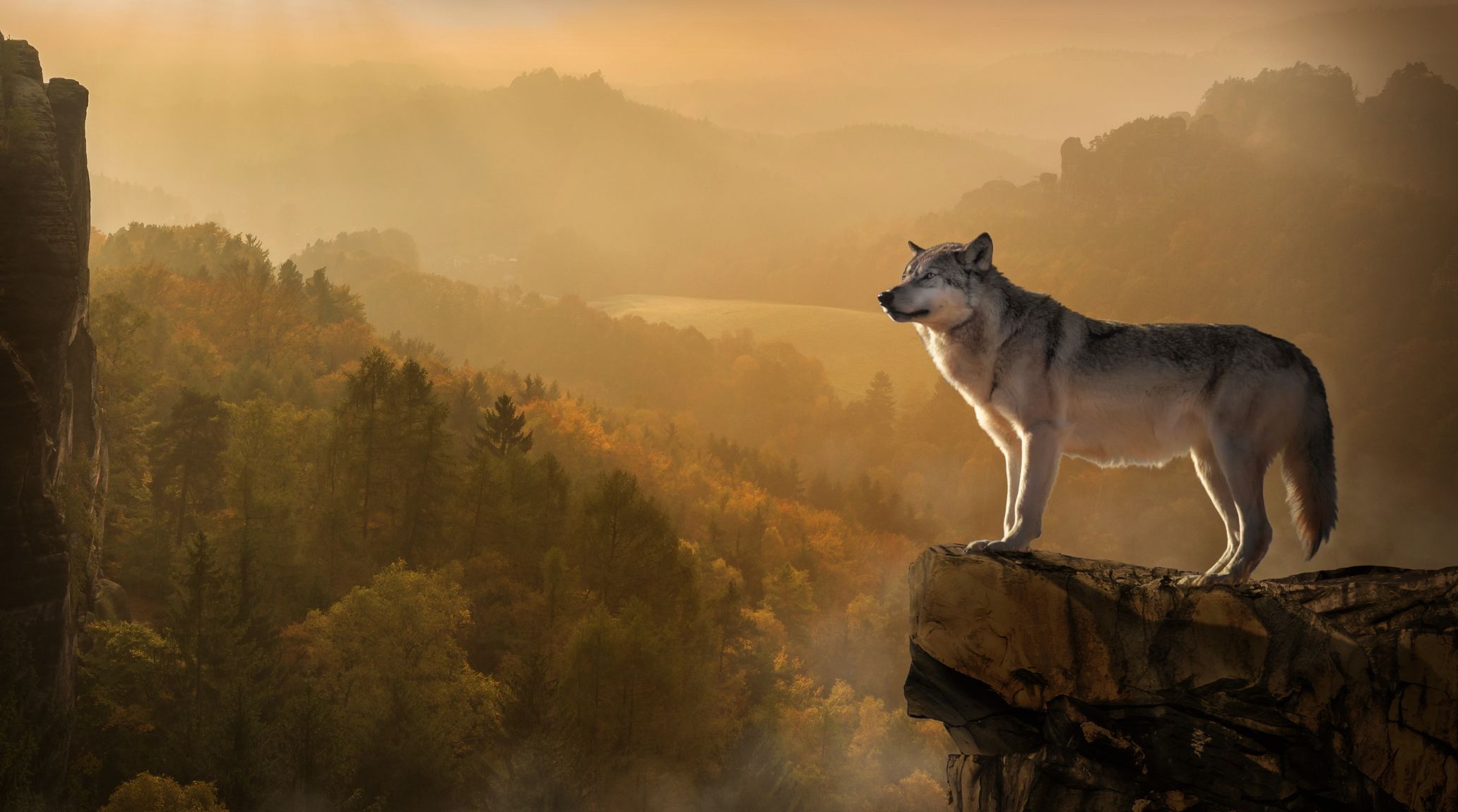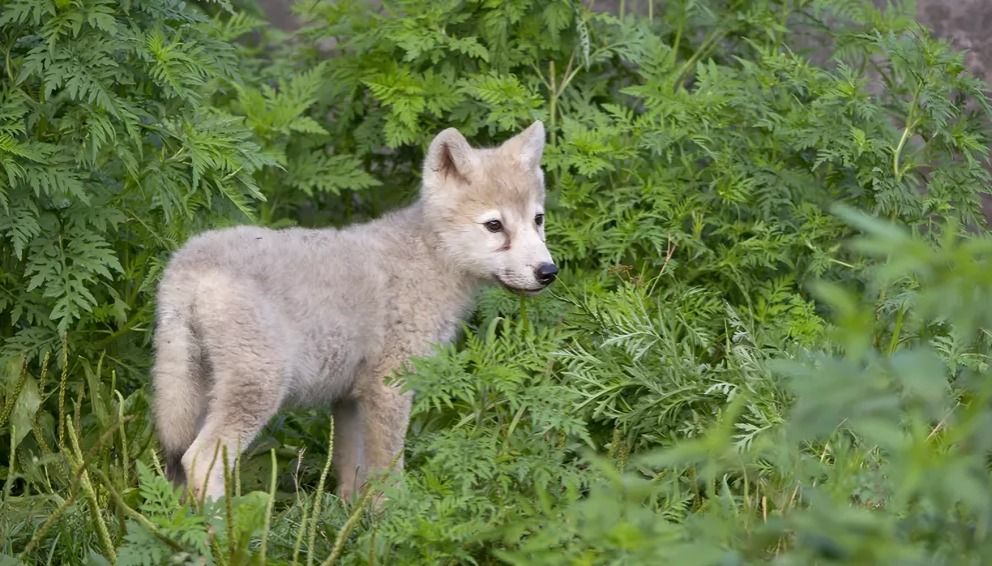
“
Wolves, with their mysterious howls and powerful presence, have captured human fascination for centuries. These majestic creatures are not just apex predators but also symbols of wilderness and resilience. In this blog, we delve into 20 amazing facts about wolves, shedding light on their social dynamics, hunting prowess, and ecological importance. From their intricate pack structures to their adaptations for survival in diverse habitats, wolves continue to intrigue and inspire awe in all who study them.1
1
”
A typical litter of wolves usually consists of 4 to 6 pups. This range can vary depending on factors such as the health of the mother and environmental conditions. Each pup plays a crucial role in the pack's future dynamics.1
Wolves typically live between 6 to 8 years in the wild, though some can reach up to 13 years in favorable conditions. In captivity, with fewer threats and more consistent food supplies, wolves can live up to 16 years or more, indicating their longevity.2

Wolves are strong swimmers and can travel distances of up to 8 miles in water. This remarkable ability allows them to cross rivers, lakes, and other bodies of water, facilitating their movement and exploration within their diverse habitats.
The pregnancy period for wolves, also known as the gestation period, lasts about 63 days. During this time, the female wolf, or alpha female, prepares a den where she will give birth to a litter of 4 to 6 pups, ensuring a safe environment for her offspring.3
In the winter of 2010-11, a reported "super pack" of up to 400 wolves attacked Verkhoyansk, Russia, killing over 30 horses in four days. Experts doubt the pack size, suggesting harsh conditions may have driven wolves to attack larger prey.4
Each wolf pack has a hierarchical structure led by an alpha male and female. These leaders make decisions for the pack and often lead hunts, ensuring the pack's survival and cohesion in their dynamic social structure.5
A wolf pack can vary greatly in size, ranging from as few as 2 members to over 30 individuals. The pack size is influenced by factors such as food availability, territory size, and social structure within the group.6

Wolf pups are born blind and deaf, relying on their mother's care and the protection of the pack. As they grow, they learn hunting and survival skills through play with their siblings, which prepares them for adult life.
A wolf's howl can carry up to 10 kilometers away, making it an effective means of communication over long distances. This powerful vocalization helps wolves coordinate with their pack, mark territory, and locate one another across vast areas.7
Wolves are capable of reaching speeds between 36 and 38 miles per hour. This impressive speed allows them to cover large distances quickly and efficiently while hunting or traveling across their expansive territories.8
Gray wolves exhibit a diverse range of colors, including shades of gray, black, tan, and white. This variation in fur color helps them blend into their surroundings and adapt to different environments within their expansive habitats.9

Some wolf species, like the gray wolf, have faced habitat loss and human-wildlife conflict. Conservation efforts aim to protect these iconic predators and restore their populations, highlighting the importance of wildlife preservation.
Wolves mark their territories with urine and scents from special glands on their paws. Howling is also a way they communicate across long distances, reinforcing pack bonds and warning intruders to stay away.10
Wolves have specialized paw structures adapted for different terrains, allowing them to navigate snow, rocky surfaces, and dense forests quietly and efficiently. These adaptations make them versatile and stealthy hunters.11
Wolves have an impressive auditory range, capable of hearing sounds up to six miles away within a forested environment. This keen sense of hearing is crucial for detecting prey, communicating with pack members, and navigating their territory.12
A wolf can consume up to 20 pounds of meat in a single meal. This large intake is essential for sustaining their energy levels and meeting their nutritional needs, particularly after extended periods of hunting or scarcity.13
Some wolves live solitary lives, either by choice or after leaving their pack. These lone wolves may roam vast territories in search of food or to establish their pack, highlighting their adaptability and independence.14

The largest member of the dog family is the grey wolf (Canis lupus). Males weigh 16–80 kg (35.25–176.5 lb) and have a head-body length of 1–1.6 m (39.5–63 in). The largest grey wolf weighed 103 kg (227 lb) in Yukon, Canada.
While wolves are territorial and defend their territories, they also exhibit cooperation within and between packs. They may form alliances for mutual benefit or confront rivals over territory, showcasing their complex social interactions.15
Wolves have evolved a range of survival instincts and adaptations that allow them to thrive in diverse environments. These include keen senses, strategic hunting techniques, and strong social structures.16


